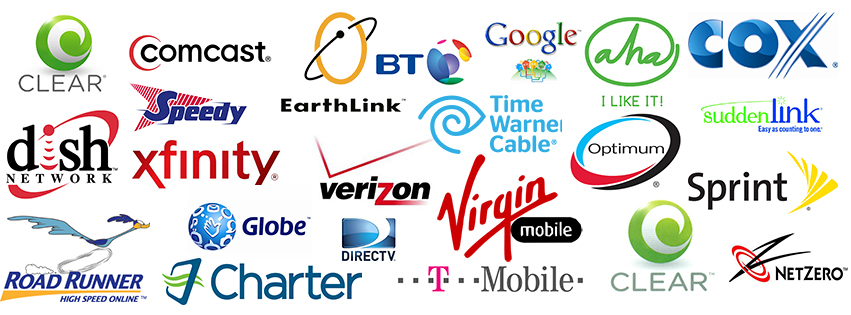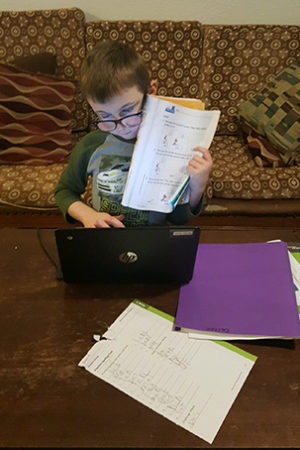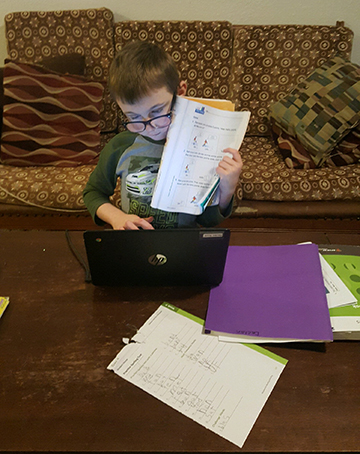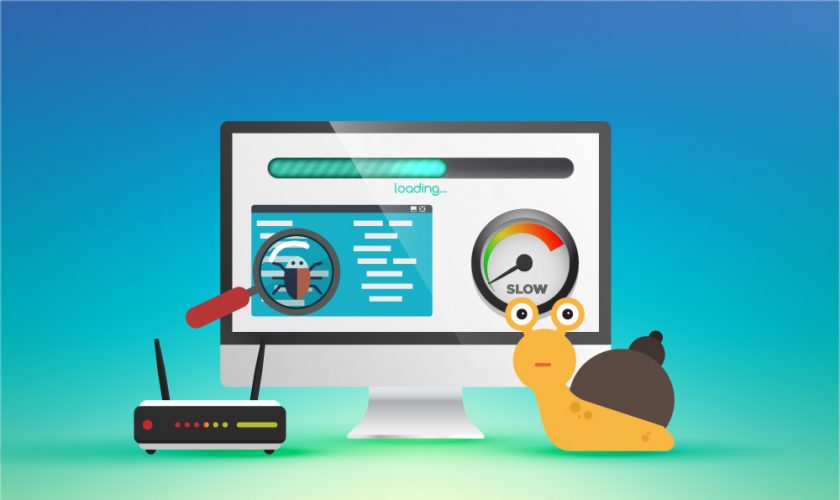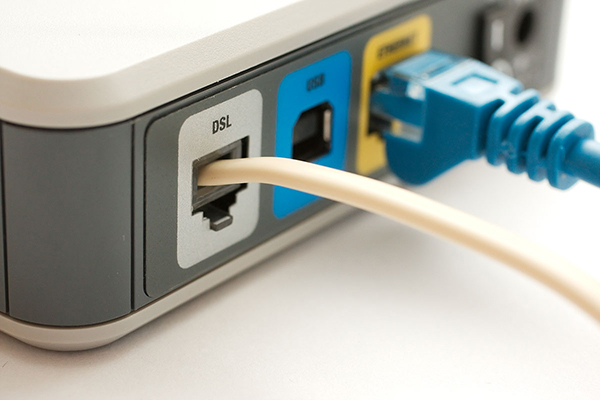DSL service is very different from dial-up Internet access. Dial-up users must use an internal or external modem connected to the telephone line, and most computers have a dial-up modem inside, or a way to connect an external modem.
With DSL, a dial-up modem is not needed to connect. Standard DSL service usually includes a company-provided DSL modem and/or router that makes a connection to the phone jack and to the Ethernet port on your computer. A dial-up modem doesn’t require an Ethernet connection; it uses a standard telephone cable instead. You’ll need to provide your own modem when subscribing for dial-up service, but many DSL providers lease or sell DSL modems as part of the subscription package. (more…)

